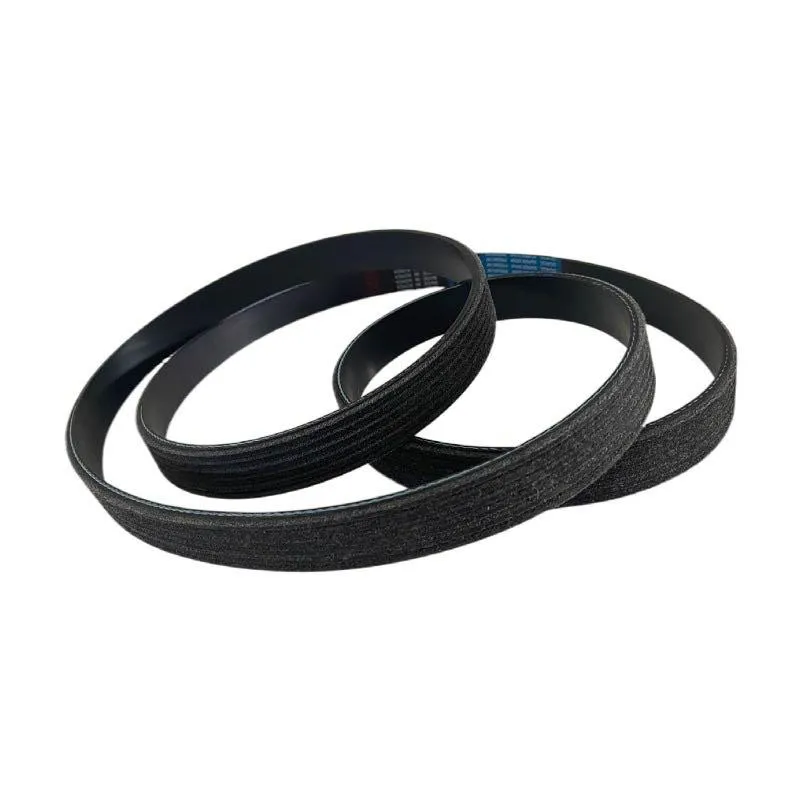- Arabic
- French
- Russian
- Spanish
- Portuguese
- Turkish
- Armenian
- English
- Albanian
- Amharic
- Azerbaijani
- Basque
- Belarusian
- Bengali
- Bosnian
- Bulgarian
- Catalan
- Cebuano
- Corsican
- Croatian
- Czech
- Danish
- Dutch
- Afrikaans
- Esperanto
- Estonian
- Finnish
- Frisian
- Galician
- Georgian
- German
- Greek
- Gujarati
- Haitian Creole
- hausa
- hawaiian
- Hebrew
- Hindi
- Miao
- Hungarian
- Icelandic
- igbo
- Indonesian
- irish
- Italian
- Japanese
- Javanese
- Kannada
- kazakh
- Khmer
- Rwandese
- Korean
- Kurdish
- Kyrgyz
- Lao
- Latin
- Latvian
- Lithuanian
- Luxembourgish
- Macedonian
- Malgashi
- Malay
- Malayalam
- Maltese
- Maori
- Marathi
- Mongolian
- Myanmar
- Nepali
- Norwegian
- Norwegian
- Occitan
- Pashto
- Persian
- Polish
- Punjabi
- Romanian
- Samoan
- Scottish Gaelic
- Serbian
- Sesotho
- Shona
- Sindhi
- Sinhala
- Slovak
- Slovenian
- Somali
- Sundanese
- Swahili
- Swedish
- Tagalog
- Tajik
- Tamil
- Tatar
- Telugu
- Thai
- Turkmen
- Ukrainian
- Urdu
- Uighur
- Uzbek
- Vietnamese
- Welsh
- Bantu
- Yiddish
- Yoruba
- Zulu
Հկտ . 01, 2024 02:39 Back to list
Understanding Variable Speed in Belt Pulley Systems for Enhanced Performance and Efficiency
Understanding Variable Speed and Its Importance in Belt Pulley Systems
In modern engineering and mechanics, the concept of variable speed plays a crucial role in enhancing the efficiency and versatility of machines. One common application of variable speed is in belt pulley systems, which are integral to the operation of various mechanical devices. Understanding how variable speed mechanisms work in combination with belt pulleys can provide insights into their significance in industries ranging from manufacturing to automotive engineering.
What is a Belt Pulley System?
A belt pulley system consists of a belt, which connects two or more pulleys. When one pulley is driven by a motor or another source of power, it transfers motion to the connected pulleys via the belt. The geometry and configuration of the pulleys are designed to optimize the transmission of power while minimizing energy loss due to friction. Pulleys can come in various sizes, and the relationship between these sizes determines the speed at which the connected components operate.
The Essence of Variable Speed
Variable speed control allows a machine to operate at different speeds based on operational demands. This is particularly useful in applications where the load conditions change frequently. For example, in a manufacturing setting, machines may need to adjust their speed to accommodate different materials or production processes. Variable speed drives (VSDs) are commonly employed to achieve this flexibility. By using electronic, hydraulic, or mechanical systems, a VSD can change the speed of the prime mover, which in turn alters the speed of the connected belt and pulleys.
Benefits of Variable Speed in Belt Pulley Systems
1. Enhanced Efficiency Variable speed systems improve energy efficiency by allowing machines to operate only as fast as necessary for the task at hand. This reduces energy consumption and operational costs, especially in large-scale industrial settings.
2. Improved Control With the capability to adjust speeds, operators can finely tune the performance of their machines. This is especially important in applications that require precision, such as in CNC machines or conveyors that handle delicate materials.
3. Reduced Wear and Tear Operating at lower speeds when full power is not needed can reduce stress on mechanical components, leading to fewer breakdowns and a longer lifespan for machinery.
variable speed v belt pulley

4. Versatile Applications Different industries benefit from variable speed pulley systems. In the agriculture sector, for instance, tractors can adjust their speeds for various tasks, from plowing to hauling, thereby increasing their functionality and productivity.
Key Components of Variable Speed Systems
1. Motor Types The choice of motor affects the variable speed operation. AC motors, DC motors, and stepper motors all have their advantages and suitable applications depending on the required speed range and precision.
2. Control Mechanisms Electronic controllers, variable frequency drives (VFDs), or mechanical systems like variable pitch pulleys can be employed to modulate speed effectively.
3. Belt Selection The type of belt used in the system can impact performance. Common belt types include flat belts, V-belts, and timing belts, each suited to different applications with varying degrees of flexibility and efficiency.
Challenges and Considerations
While variable speed systems offer many advantages, they also present challenges such as increased complexity in design and potential maintenance requirements. Additionally, the cost of implementing advanced control systems can be a barrier for smaller operations. However, the long-term savings and increased productivity often justify these initial investments.
Conclusion
Variable speed control in belt pulley systems exemplifies the evolution of mechanical engineering towards more efficient and adaptable systems. By optimizing the speed and performance of machines, industries can not only improve their productivity but also reduce energy consumption and wear on equipment. As technology continues to advance, the integration of variable speed systems is set to become even more prevalent, underscoring their importance in modern engineering applications.
-
Korean Auto Parts Timing Belt 24312-37500 For Hyundai/Kia
NewsMar.07,2025
-
7PK2300 90916-T2024 RIBBED BELT POLY V BELT PK BELT
NewsMar.07,2025
-
Chinese Auto Belt Factory 310-2M-22 For BMW/Mercedes-Benz
NewsMar.07,2025
-
Chinese Auto Belt Factory 310-2M-22 For BMW/Mercedes-Benz
NewsMar.07,2025
-
90916-02660 PK Belt 6PK1680 For Toyota
NewsMar.07,2025
-
drive belt serpentine belt
NewsMar.07,2025

